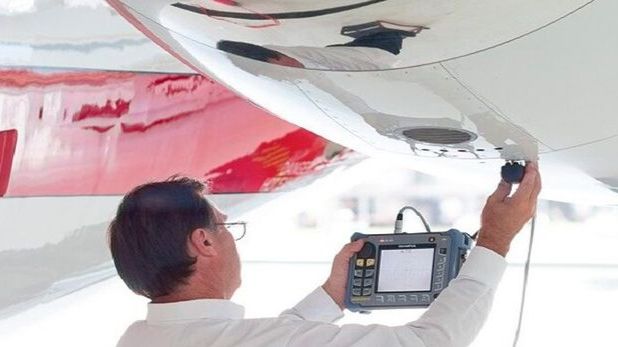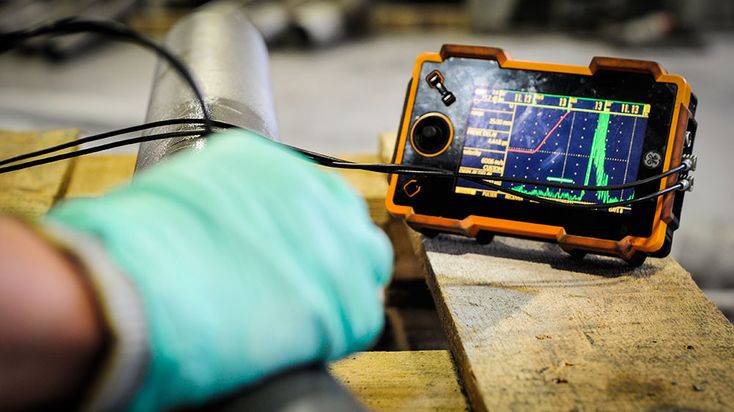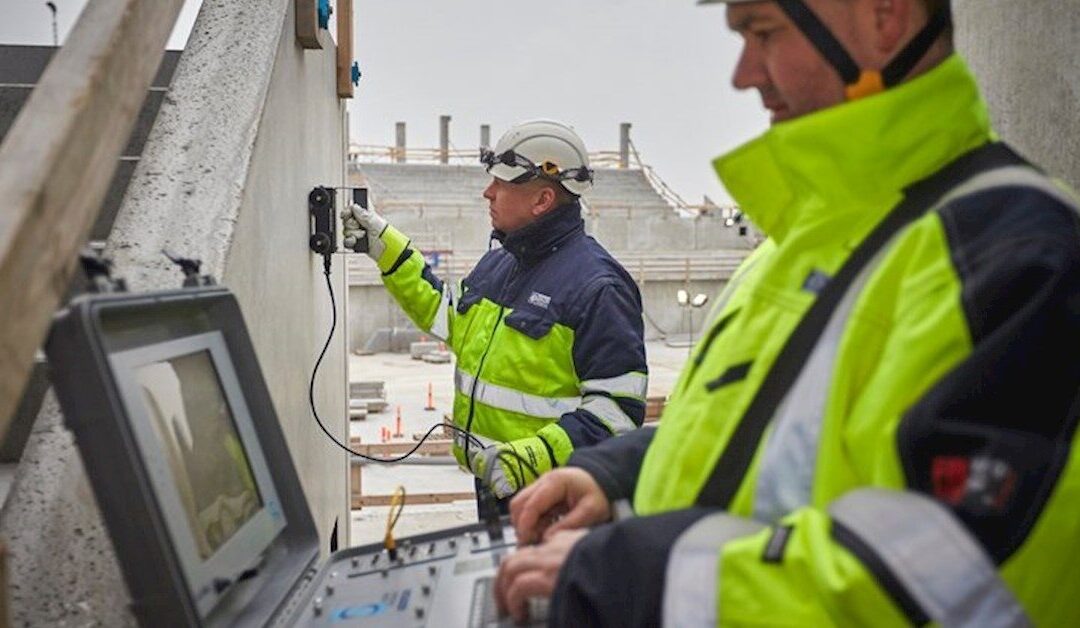In the dynamic world of infrared inspection tools, the concept of frequency plays a pivotal role in ensuring the accuracy and reliability of results. For industry QA professionals, understanding the frequency role in infrared inspection tools is essential for optimizing performance and achieving high-quality outcomes. This article delves into the myriad ways frequency impacts infrared inspections, offering a comprehensive guide for all stakeholders involved.

Understanding Infrared Inspection Tools
Infrared inspection tools are vital in various industries for detecting anomalies and ensuring the integrity of equipment. These tools rely on thermal imaging to identify temperature variations, which can indicate issues such as overheating, leaks, or faults. However, the effectiveness of these tools is significantly influenced by the frequency settings used during inspections.
The Importance of Frequency in Infrared Inspections
The term frequency, in the context of infrared inspections, refers to the rate at which infrared images are captured and processed. High-frequency settings allow for more detailed and accurate imaging, enabling professionals to detect subtle changes and potential problems with greater precision. Conversely, low-frequency settings may result in missed anomalies or less detailed imaging.
High Frequency vs. Low Frequency
Choosing the right frequency is crucial. High-frequency settings provide more frames per second, which is beneficial for capturing fast-moving objects or processes. This is particularly useful in industries where machinery operates at high speeds, and any malfunction could lead to significant downtime or safety hazards. On the other hand, low-frequency settings might be more suitable for static inspections or when a broader overview is required.
Applications of Frequency in Industry
The application of frequency in infrared inspections extends across various industries. In manufacturing, for instance, maintaining the right frequency can help in crack detection. In the energy sector, frequency adjustments are crucial for monitoring power lines and electrical components, ensuring they operate within safe temperature ranges. Similarly, in the construction industry, frequency plays a role in assessing the thermal integrity of buildings and structures.
Frequency in Predictive Maintenance
Predictive maintenance relies heavily on accurate data collection, and frequency settings are integral to this process. By setting the appropriate frequency, professionals can ensure that the data collected is timely and reflective of real-time conditions. This allows for proactive maintenance, reducing the likelihood of equipment failure and extending the lifespan of assets. Learn more about the role of frequency in predictive maintenance.
Optimizing Frequency for Inspections
Optimizing frequency involves balancing the need for detailed images with the capability of the equipment and the specific inspection requirements. It is essential to conduct a thorough analysis of the inspection environment and the expected outcomes before deciding on the frequency settings. This ensures that the inspection is both efficient and effective.
Challenges in Frequency Adjustment
While frequency plays a crucial role, adjusting it can present challenges. Factors such as equipment limitations, environmental conditions, and operator expertise can impact the ability to set the optimal frequency. Training and ongoing education for QA professionals are vital to overcome these challenges and ensure that inspections are conducted at the highest standards.
Technological Advances in Frequency Settings
Technological advancements continue to enhance the capabilities of infrared inspection tools. Modern tools often come equipped with automatic frequency adjustment features, allowing for real-time optimization based on the inspection environment. This reduces the burden on operators and increases the likelihood of accurate results.
The Future of Frequency in Infrared Inspections
The future of frequency in infrared inspections looks promising, with ongoing research and development aimed at further refining frequency settings and enhancing the accuracy of inspections. As technology evolves, the potential for more sophisticated and intuitive frequency adjustments will contribute to even more reliable infrared inspections.
Industry Best Practices
Adopting industry best practices is essential for leveraging the full potential of frequency in infrared inspections. This includes regular calibration of equipment, continuous training for professionals, and staying updated with the latest technological advancements. Additionally, collaboration between industries can foster innovation and lead to the development of new standards and methodologies.

FAQs
Q1: Why is frequency important in infrared inspections?
Frequency is crucial because it determines the detail and accuracy of the thermal images captured. Higher frequency settings provide more detailed images, essential for detecting subtle anomalies.
Q2: How can I optimize frequency settings for my inspection?
Optimizing frequency settings involves understanding the specific requirements of your inspection and the capabilities of your equipment. Consulting with experts and conducting test runs can also help in finding the optimal settings.
Q3: What are the challenges in adjusting frequency settings?
Challenges include equipment limitations, environmental factors, and the need for skilled operators. Ongoing training and technological advancements can help overcome these challenges.
For additional insights into inspection frequency schedules, you can visit this comprehensive guide.
By understanding and applying the principles of frequency in infrared inspection tools, industry QA professionals can enhance their inspection processes, leading to more accurate and reliable results.
This article contains affiliate links. We may earn a commission at no extra cost to you.
